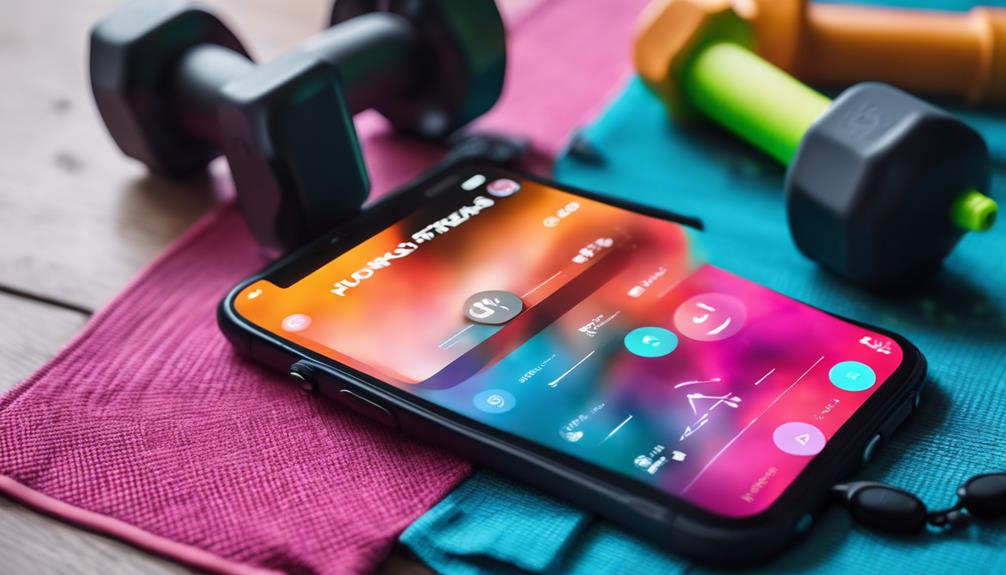In the ever-evolving landscape of technology, desktop gadgets have carved out a niche for themselves, enhancing productivity and personalizing the workspace. From simple applications that display the weather to complex tools that allow users to track stocks and manage tasks, these gadgets have become an integral part of the modern desktop experience. This article delves into the evolution, benefits, and popular types of desktop gadgets, offering insights into how they can enrich user experience.
The Evolution of Desktop Gadgets
Desktop gadgets have undergone significant transformation since their inception in the early 2000s. Initially, they were simple widgets that provided basic functionalities. Over time, advancements in technology have led to more sophisticated applications that integrate seamlessly with operating systems. Here’s a brief timeline of desktop gadgets’ evolution:Great Golf GadgetsMusic Gadgets
- Early 2000s: Introduction of basic widgets in operating systems like Windows Vista and Mac OS.
- Mid-2000s: Growth in popularity with the advent of third-party applications and a wider range of functionalities.
- 2010s: Shift towards more interactive and customizable widgets, with a focus on user experience.
- 2020s: Integration of AI and machine learning for personalized user experiences and predictive functionalities.
Benefits of Using Desktop Gadgets
The incorporation of desktop gadgets into daily workflows offers numerous advantages, making them appealing to a wide range of users. Here are some key benefits:
- Enhanced Productivity: Gadgets can streamline tasks such as note-taking, calendar management, and reminders, allowing users to focus on their work.
- Customization: Users can tailor their desktop environment to suit their preferences, creating a more engaging workspace.
- Quick Access to Information: Gadgets provide instant access to vital information, such as news updates, weather forecasts, and stock prices.
- Visual Appeal: Many gadgets are designed with aesthetics in mind, adding a touch of style to the desktop interface.
Popular Types of Desktop Gadgets
There is a vast array of desktop gadgets available, each catering to different needs and preferences. Below are some of the most popular types:
1. Weather Gadgets
Weather gadgets provide real-time updates on local weather conditions. They typically display current temperatures, forecasts, and severe weather alerts. Popular examples include:
- WeatherBug: Offers comprehensive weather data with an intuitive interface.
- AccuWeather: Known for its accuracy and detailed forecasts.
2. Productivity Tools
These gadgets help users manage tasks, set reminders, and track productivity. Notable examples include:
- Trello: A task management tool that incorporates Kanban-style boards.
- Todoist: A simple yet effective task manager that integrates with various platforms.
3. System Monitors
System monitor gadgets display information about computer performance, including CPU usage, memory usage, and network activity. Examples include:
- Rainmeter: Highly customizable system monitor with a variety of skins.
- CPU Meter: A straightforward gadget that showcases CPU performance in real-time.
4. News Feed Gadgets
These gadgets keep users informed about the latest news and updates from various sources. Popular options include:
- RSS Feed Readers: Allow users to aggregate content from multiple news sources.
- Google News: Personalized news updates based on user interests.
5. Social Media Widgets
Social media gadgets enable users to monitor their social feeds and interact with platforms without opening a browser. Examples include:
- TweetDeck: A powerful tool for managing Twitter accounts and monitoring activity.
- Facebook Desktop Notifications: Keeps users updated on messages and notifications.
Case Studies: Successful Implementation of Desktop Gadgets
Several companies have successfully integrated desktop gadgets into their workflows, enhancing productivity and employee satisfaction. Here are two notable case studies:
Case Study 1: Tech Company A
Tech Company A implemented a customized dashboard featuring productivity tools and system monitors for its employees. The result was a 20% increase in task completion rates and a significant reduction in time spent on administrative tasks. Employees reported feeling more organized and less stressed, attributing their success to the availability of real-time information.
Case Study 2: Marketing Firm B
Marketing Firm B adopted social media widgets that allowed their teams to track client engagement and respond to inquiries promptly. This led to improved client relations and a 30% increase in social media engagement rates over six months. The firm credited the gadgets for fostering a more responsive and agile work environment.
Statistics: The Impact of Desktop Gadgets
Research indicates that the use of desktop gadgets can significantly improve productivity and satisfaction among users. Here are some noteworthy statistics:
- According to a study by McKinsey, employees can boost productivity by 25% when using the right productivity tools.
- A survey by Gartner revealed that 70% of employees felt more engaged at work when they had access to customizable desktop applications.
- Research from Statista shows that 60% of users prefer desktop gadgets for quick access to information over traditional browser methods.
Conclusion: Embracing the Future of Desktop Gadgets
Desktop gadgets have evolved from simple applications to powerful tools that enhance productivity, customization, and information accessibility. With a wide array of options available, users can tailor their desktop experience to meet their unique needs. As technology continues to advance, the future of desktop gadgets looks promising, with the potential for even greater integration of AI and machine learning functionalities. Embracing these tools can lead to a more efficient, organized, and enjoyable work environment, making desktop gadgets an essential component of modern digital life.
